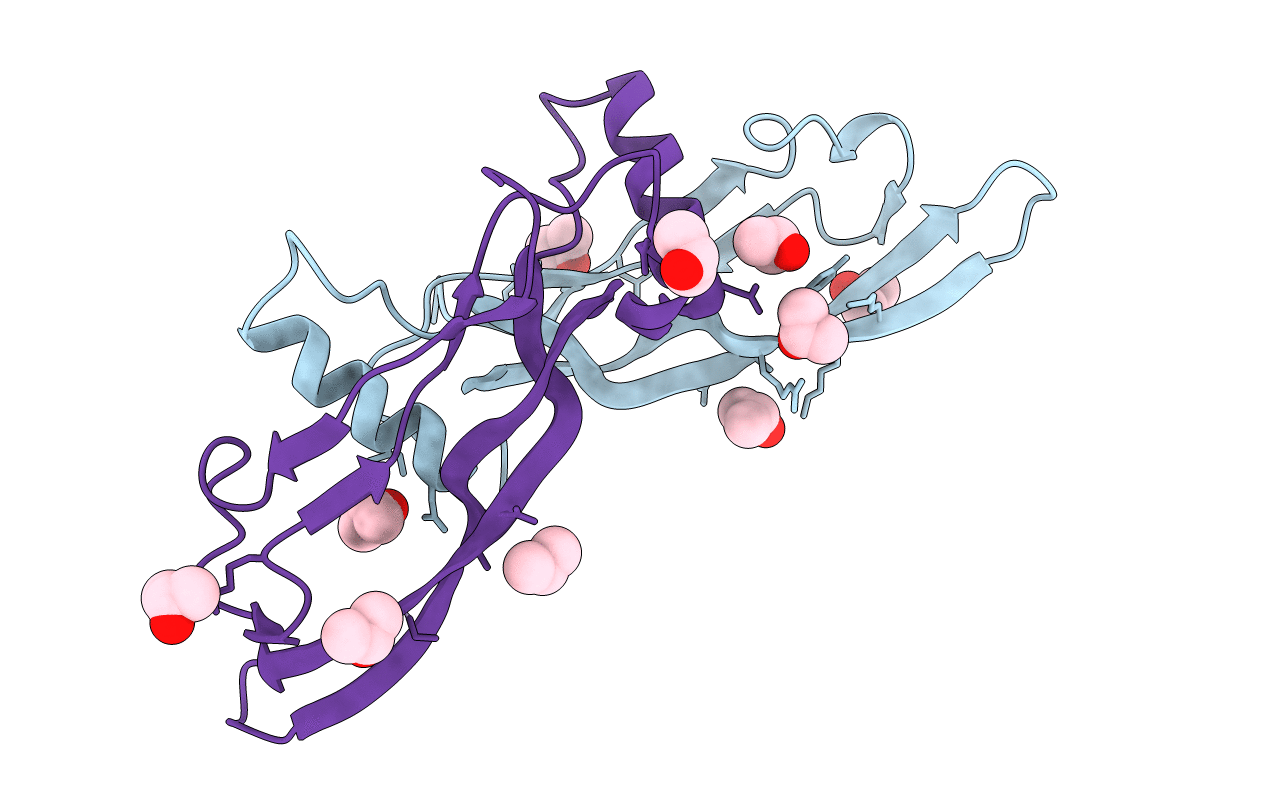
Deposition Date
2007-09-03
Release Date
2008-01-15
Last Version Date
2024-10-30
Entry Detail
PDB ID:
2R52
Keywords:
Title:
Crystal structure analysis of Bone Morphogenetic Protein-6 (BMP-6)
Biological Source:
Source Organism:
Homo sapiens (Taxon ID: 9606)
Host Organism:
Method Details:
Experimental Method:
Resolution:
2.50 Å
R-Value Free:
0.27
R-Value Work:
0.23
R-Value Observed:
0.24
Space Group:
P 31 2 1


